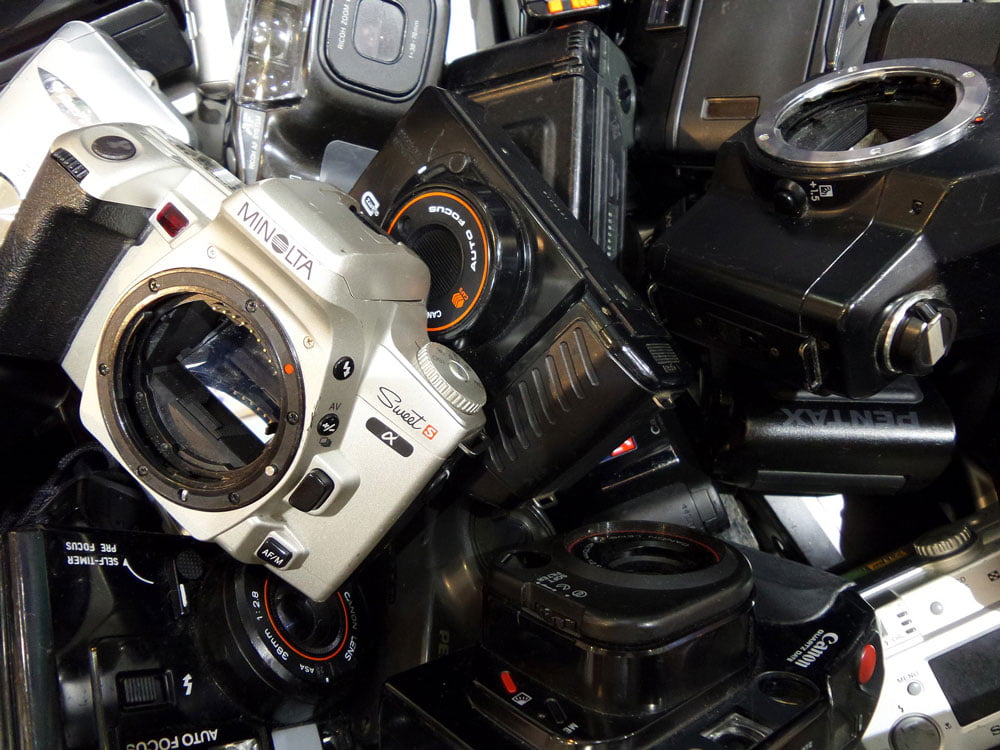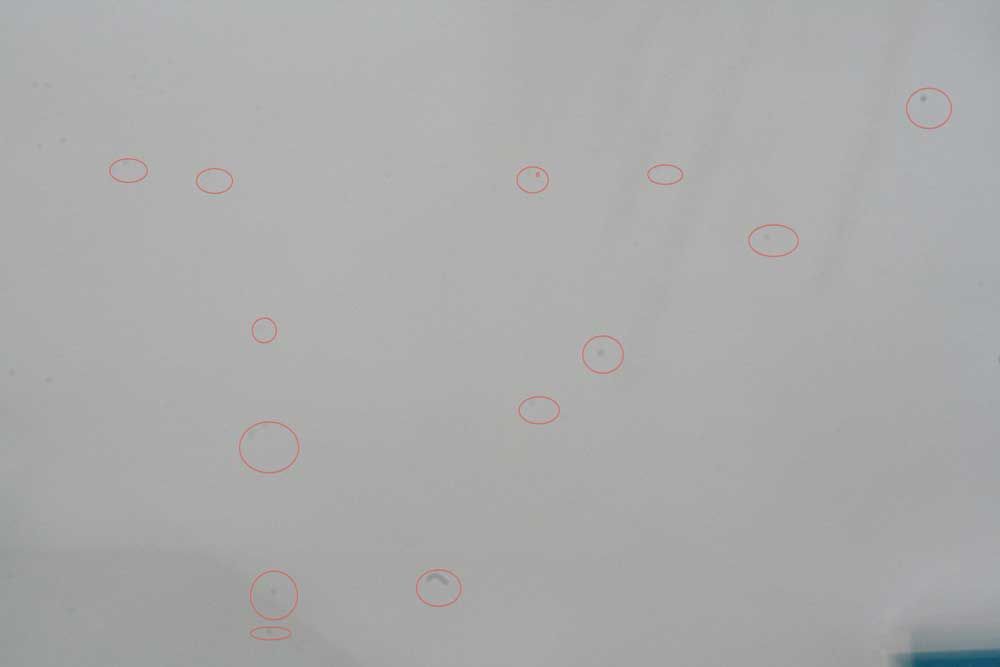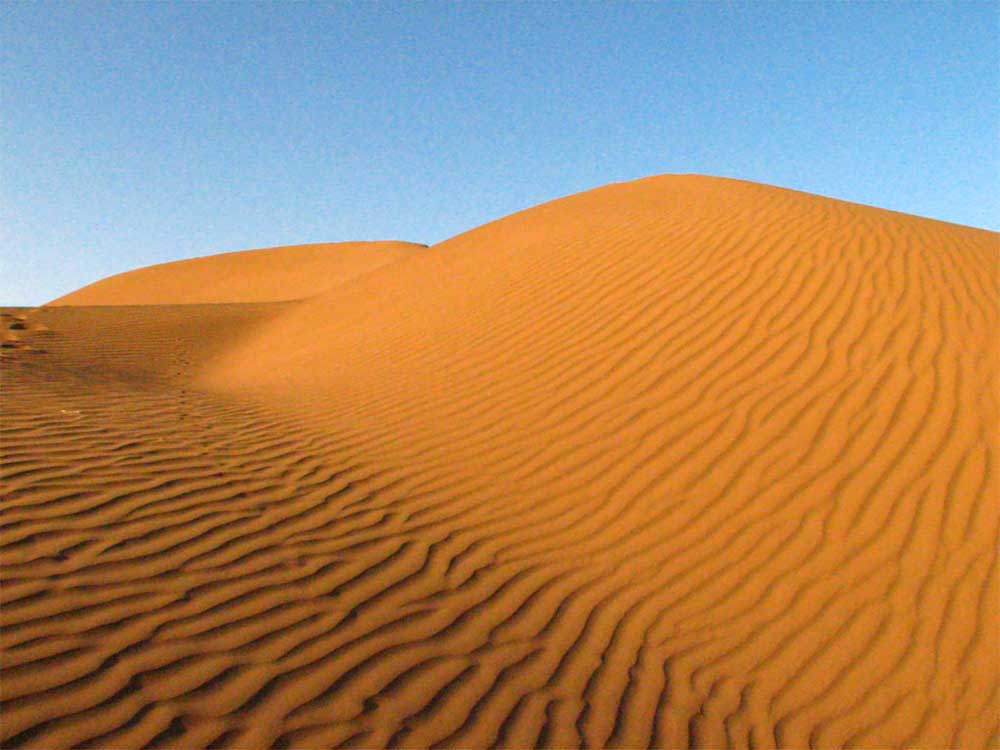How to Protect DSLR From Dust, Heat, Water, and Sand?
DSLR owners who want to keep their cameras away from danger should be aware of common causes of problems, such as dust, heat, water, and sand.

How to protect DSLR from dust
Checking water the DSLR is already affected by dust exposure should be easy and we could only check the resulting photos. Tiny dark specks on the images and videos may indicate that dust has entered the lens assembly. In some cases, dust could infiltrate the autofocus mechanism, preventing it from functioning properly. Some DSLRs have a feature that allows us to remove the dust from the complex internal mechanism, but they may not be able to shake off dust once it accumulates in greater quantity inside the camera. It is advisable to put the camera a sealed bag when we are traveling in dusty areas. Don’t take it out when it is still windy and only switch lenses while indoor.
Check if your camera has some dust: make a picture of bright background- it may be white paper, sky, wall and etc. Upload pictures to the computer and magnify to 100% see all details. Hopefully you will not see such spots like in the picture…

How to protect DSLR from heat
Most DSLR models are tailored to withstand extreme conditions, including heat. However, few DSLRs could survive prolonged exposure to hot enclosed air and direct sunlight. Often, DSLR owners accidentally leave their camera inside the car under direct sunlight; which causes damage to plastic casing, glass coating, and polymer glues. In more extreme cases, the lubricating oils of the camera’s moving parts could evaporate; causing malfunctions after a period of use. The DSLR’s memory card and LED screen are also vulnerable to extreme heat.
When we find out the DSLR is already burning hot; we should let it cool down in shady areas. A small fan could also bring down the temperature faster. Even if the camera seems to be working fine, we should bring it to the nearest dealer; whether the oil hasn’t evaporated yet. Preventing this kind of situation from occurring should be easy. We should avoid putting the DSLR inside the car under direct sunlight. When working outdoor, we should put the DSLR inside the bag, when it’s not used.

How to protect DSLR from water
We should immediately remove the battery once the DSLR comes into contact with water. We shouldn’t turn off the camera, because the short circuit could fry the delicate electronics components. In areas with high humidity, we should be on the lookout for error messages and corrupted files that may indicate water exposure.
The next step is to wipe excess water on the surface of the camera and put it in the sealable food bag along with a dozen of dehumidifying sachets or rice. This is just the first aid attempt and may not resolve the water exposure issue. Bring the DSLR to the dealer to check the camera and repair any kind of damage.
Preventing water damage should be easy, we may need to invest in waterproofed rolling bag or camera encasement when we are planning to go to places with rainy weather or locations where there’s water nearby. Also, avoid putting the DSLR next to filled glasses or food on the table. It may also be necessary to put some safe distance with the water if we expect it to be a bit splashy. It’s not recommended to switch our lenses outside while it’s snowy, because snowflakes could enter the lens assembly by accident. Perform this task under the blanket or coat, if we really need to switch the lenses. Whatever we do, we should prevent DSLR to get into contact with moisture, water, and snowflake
How to protect DSLR from sand
The inside of the DSLR may already get into contact with sand if we notice that some of the moving parts get stuck. Error messages may also be displayed on the screen indicating some kind of failure. Unfortunately, the standard cleaning kit that usually comes with our DSLR may not up to the task. Not even the one that puffs air. In most cases, we will need to go to the official dealer to clean the camera. The technician will take the DSLR apart, clean all the affected components, and re-lube any moving parts to ensure that they will run smoothly once again.
Luckily, there are ways we could do to prevent sand from entering our DSLR. One very easy step is by putting the DSLR inside a sealable food bag when we are traveling on the beach or desert. It should be noted that nearly all camera bags tend to trap sand and the goal is to prevent sand from getting into contact with the DSLR. Another tip is to wait for the wind to subside and don’t get low when taking pictures in sandy areas. We should be on the lookout for the incoming wind that may carry sand with it. Failing to comply with these devices may be similar to inviting tiny sand particles to infiltrate the complex lens mechanism.
